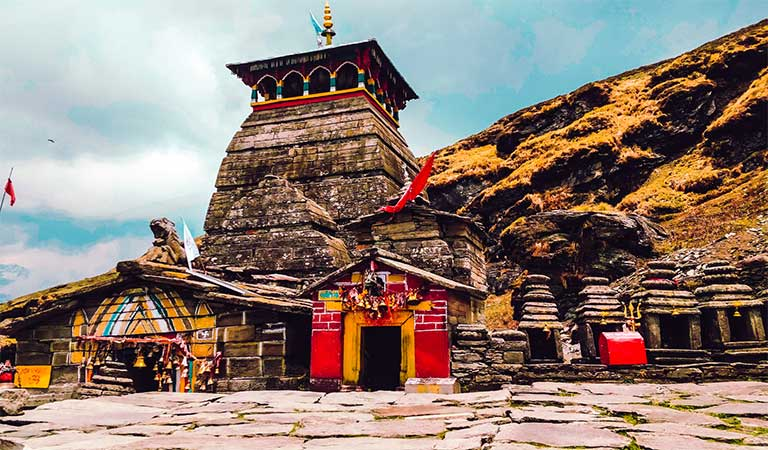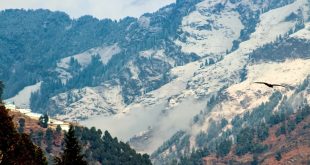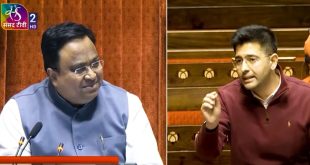[ad_1]

The structure of the Tungnath Shiva temple in Uttarakhand’s Rudraprayag district is slowly collapsing. According to the Archaeological Survey of India (ASI), the structure of the temple has an inclination of 6 degrees while its sculptures have an inclination of 10 degrees. Located at a height of 12 thousand 800 feet, this temple is the highest Shiva temple in the world.
The ASI survey found a 6-degree tilt in the structure of the Tungnath Shiva temple, while a 10-degree tilt was found in minor structures and sculptures inside the building. ASI officials say the temple may also collapse. ASI Superintendent Manoj Kumar Saxena said they are trying to find out the reason behind the bending of the temple. After this, if possible, we will try to repair the temple.

ASI has informed the central government about the tilting of the temple. Along with this, it has been suggested to the government that this monument should be declared protected. After this suggestion, the exercise to declare Tungnath temple as national importance has started. Now the ASI is probing the reasons behind the bending of the temple. The Tungnath Shiva temple was built by the Kalachuri rulers in the 8th century. This temple comes under the Badri Kedar Temple Committee.
Expert opinion will be taken for the foundation stone of the temple. Apart from this, the detailed information of the program will be prepared after a detailed inspection of the temple. At present, ASI officials are considering a landslide or submergence as the reason for the tilting of the temple. He said the damaged foundations would be replaced after consulting experts. At present, the agency has fixed a glass scale, through which movement on the temple wall can be measured.
According to media reports, the issue of the temple was raised in a meeting of the Badri Kedar Temple Committee (BKTC). BKTC president Ajendra Ajay says the committee is in favor of repairing the temple. The management is willing to help ASI to repair the temple but is not willing to hand over the temple completely to Archaeological Survey of India.
 Suspense Crime Sach Ka Dam
Suspense Crime Sach Ka Dam


